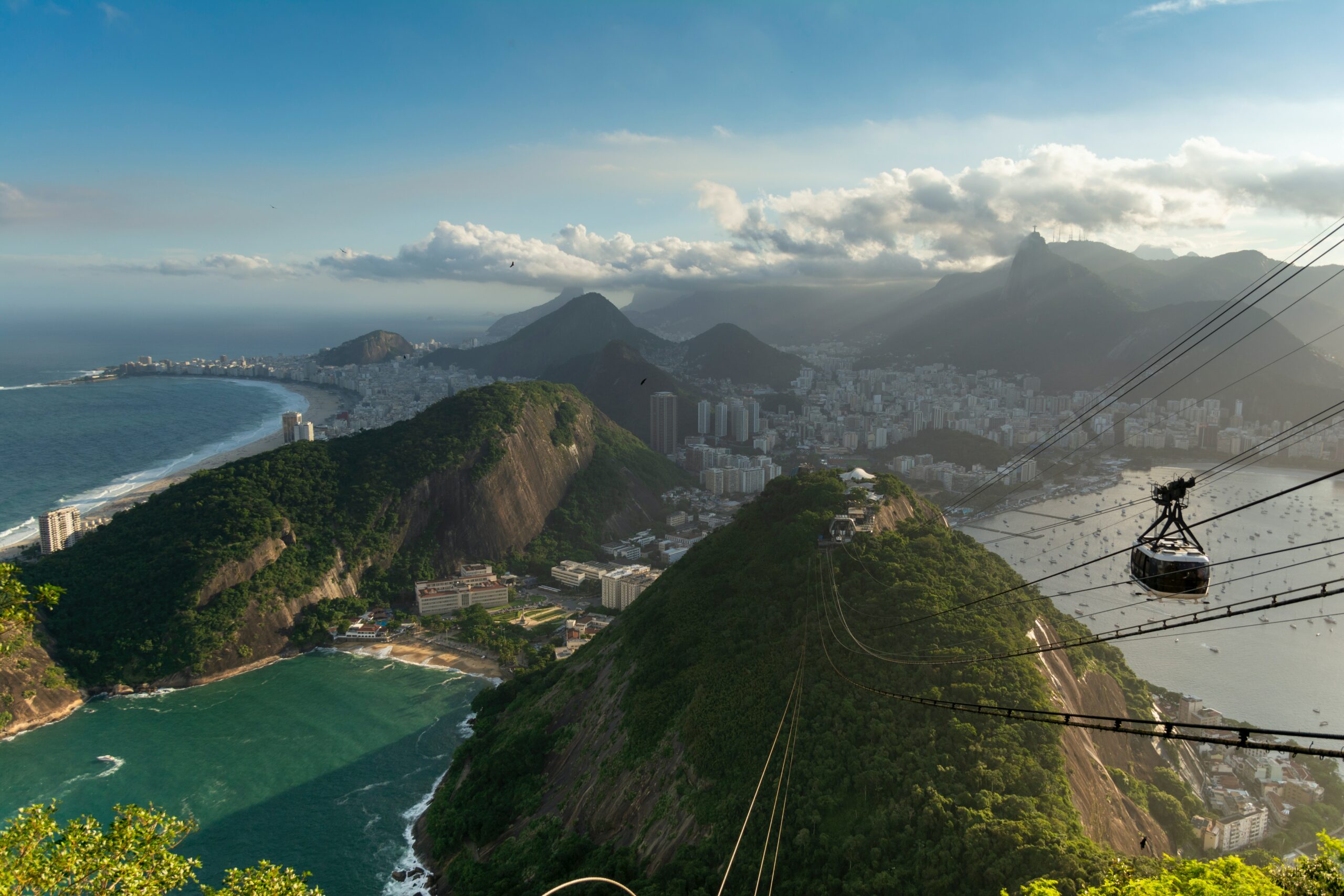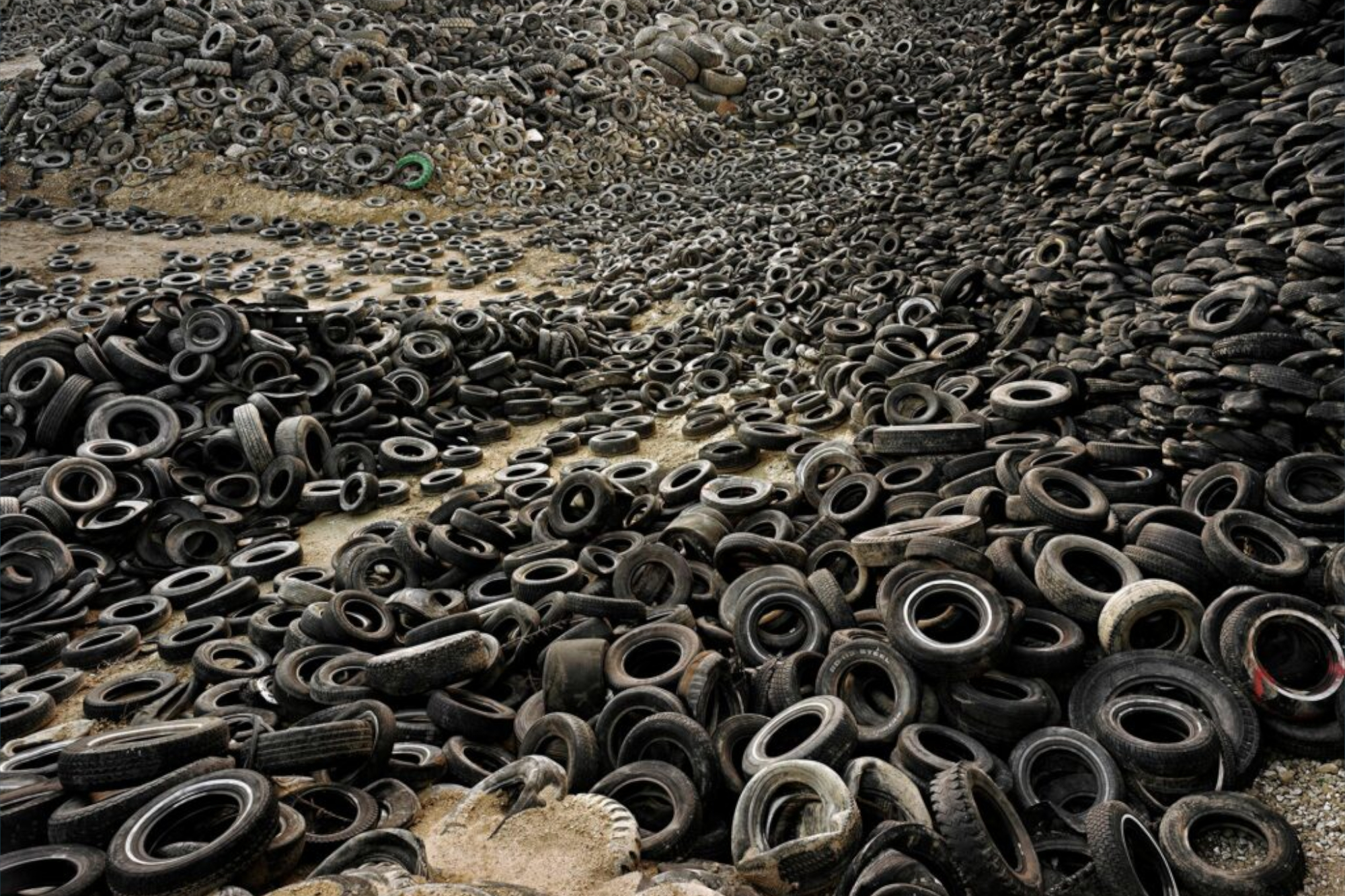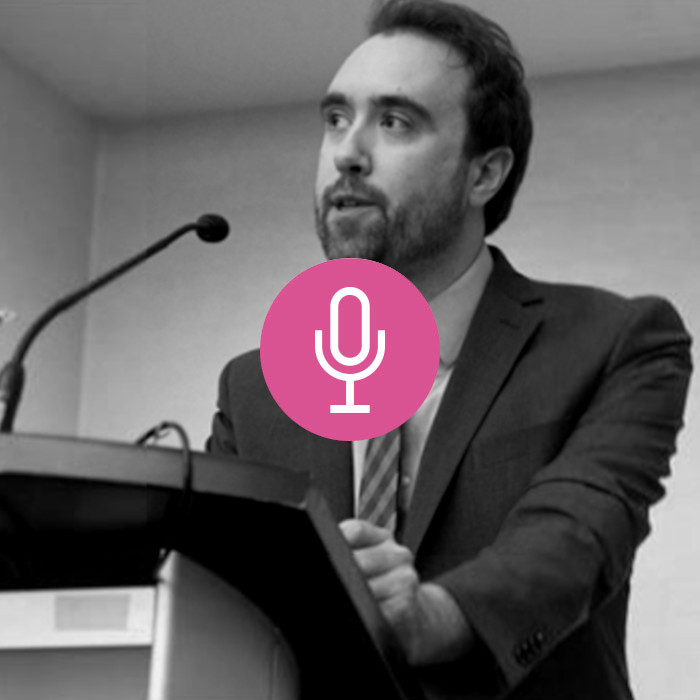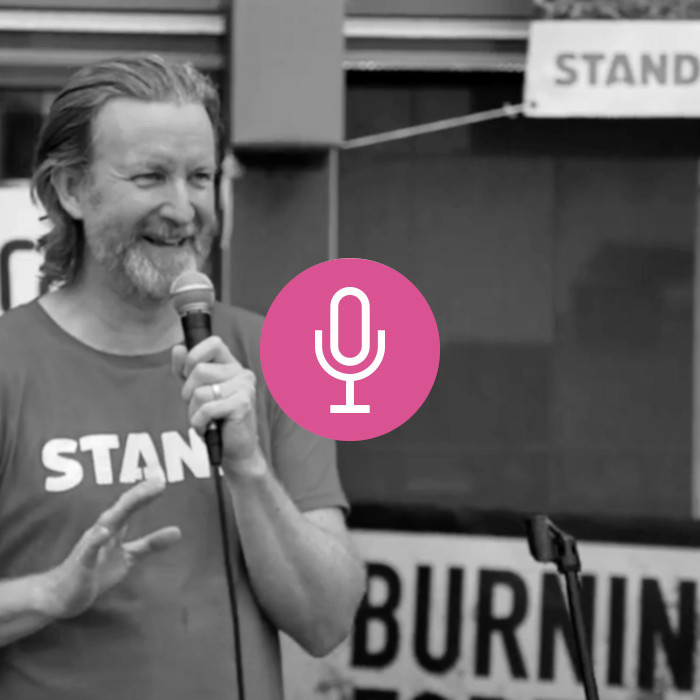Table of Contents
There are few cities in the world with a topography as varied – or recognisable – as Rio de Janeiro’s. Developed around the Tijuca forest, the largest urban forest in the world, the city takes in coastal lowlands, forests and mountains. But this also means its climate action needs are highly specific. It’s a city that has long been at the heart of the global climate change movement – since the Rio Earth summit launched the UNFCCC process in 1992. Last year it became one of the first cities in the Global South to join the Carbon Neutral Cities Alliance. Its long serving mayor, Eduardo Paes, was re-elected in 2021 and his city’s environmental policies have become a sort of rallying point for those concerned about the environment-destroying politics of Brazil’s right wing president, Jair Bolsonaro. Since 2014, Paes has been a loud voice calling for cities to have more power in the climate fight.
Rio was the first city in Latin America to provide their own climate data without the need for an external consultancy. This means the climate governance structure inside City Hall is robust. It’s no surprise then that Rio was the first city in Latin America to establish greenhouse gas emission reduction targets, and to develop its own climate change adaptation and resilience strategy. Rio sees itself as a leader within Latin America, seeking to share knowledge on climate adaptation among other cities in the region. City Hall also established the Forum of Environment Secretaries of Brazilian Capitals – CB27, set up to exchange experiences in the area. But the politics have been getting harder.
The anti-Bolsonaro?
Last week, thousands gathered in Brazil’s capital, Brasilia, to protest Bolsonaro’s ‘death combo’ of anti-environment bills. If approved, campaigners worry that the proposals would greenlight commercial mining on indigenous lands and jeopardize the land rights of tens of thousands of indigenous people as well as loosening environmental licensing requirements and regulations over pesticide use and handing a boost to land grabbers and illegal loggers in the Amazon, where deforestation has soared under Bolsonaro’s presidency.
The fault lines running beneath the Brazilian climate debate are numerous: their president’s climate change denialism, the pressing need for urban expansion in a developing country, the protection of the Amazon rainforest, and the imminent dangers the country now faces as a result of climate change. It is not surprising that last year, a Brazilian indigenous organisation asked the International Criminal Court to investigate Bolsonaro for “ecocide”. So, what to do when your president’s being accused of war crimes against your own land?
I caught up with Ilan Cuperstein, the C40’s Deputy Regional Director for Latin America. The C40 is a network of mayors in nearly 100 cities taking action on the climate crisis. Cuperstein started working there as a city adviser to Rio de Janeiro. “Something similar to what happened in the US under Trump, with the states and cities campaign to remain in the Paris Agreement is happening in Brazil. We know how uncommitted he is to climate, and cities have taken the lead.”
Readers should note that not all parties consider Bolsonaro uncommitted. Just this week his Justice Minister, Anderson Torres, awarded the President with a “medal of indigenous merit”. Torres also awarded the medal to the ministers for agriculture, defence and infrastructure and to himself.
A climate resistance that starts on the land
One of the biggest threats that Bolsonaro’s policies pose to climate action is to land use. José Miguel Carneiro Pacheco, Climate Change Manager at Rio’s City Hall told me that “we can see a retrogression of the environmental legislation promoted by the Federal Government, at the same time as we see the deforestation of the Amazon taken to historic heights. In the municipality of Rio de Janeiro itself, the cradle of Eco92 and Rio+20, a tough program of environmental defence is underway.
The Rio City Hall has created sustainability ‘corridors’ directing climate goals and actions according to area-specific priorities. They are classified by colours: Green, blue, brown and orange. The green corridors relate to reforestation and forest protection efforts; the blue corridors to rivers, bays and lagoons; brown corridors are areas of higher population density, prioritizing land use changes, stimulating employment opportunities; and orange corridors define areas with families living in extreme poverty, where the priorities are tackling social inequality and improving health, education, culture, sport and leisure.
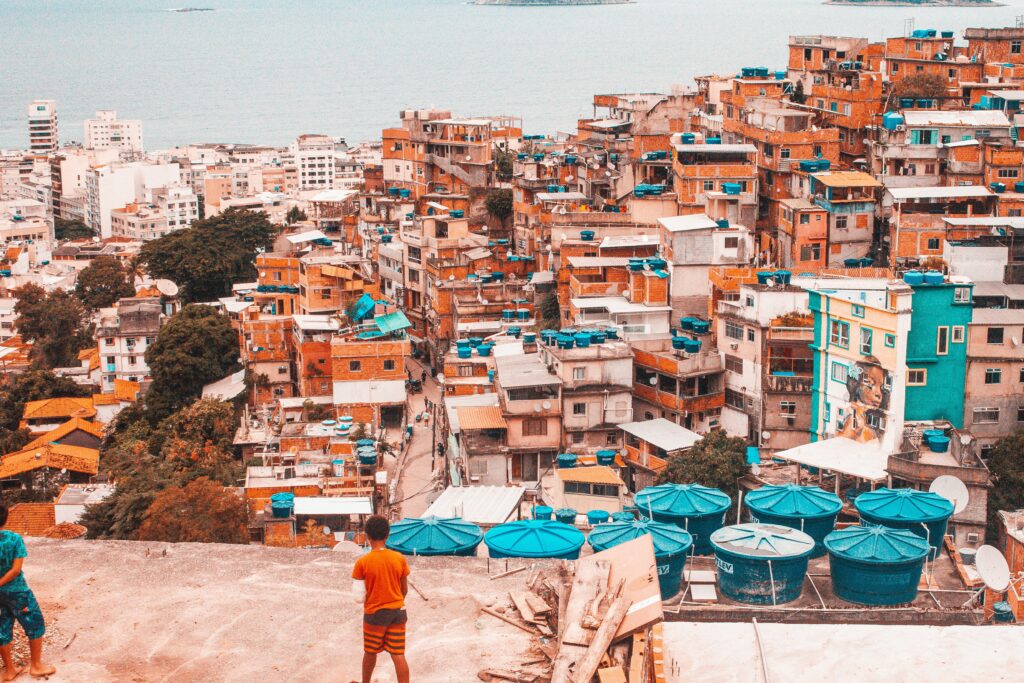
In the last 18 months, Rio’s City Hall has battled to shut down illegal construction in preserved areas. These new builds are for high end consumers; they’re not favelas, or low income settlements. Obviously, it’s harder to evict inhabitants, and demolish buildings once built, so the developers, supported by Bolsonaro, count on a lack of oversight from the municipal government. Since January 2021, 167 forests have been retrieved and 151 illegal constructions in environmentally protected areas have been demolished. It is estimated that City Hall’s actions have deprived the criminal groups active in deforestation of income totting up to around USD 76 million. And Rio has set a target to see 40 per cent of the population in green jobs by 2030.The main sources of green employment are likely to be:
- Forest production and management
- Renewable energy
- Sanitation, waste and environmental risk management
- Maintenance, repair and recovery of products and materials
- Collective and alternative transport infrastructure
6. Telecommunications
A big task will be to ensure that these jobs are genuinely accessible to people of all genders and socioeconomic backgrounds, as they are currently mainly occupied by white, college-educated men.
- As of 2020, Rio had a population of 6.7 million people
- Around 1.5 million people in Rio live in favelas. That’s around a quarter of the total population
- The average salary is around R$77,500 or US$15,500
- Rio’s highest emitting sector is transport, at 36%
Copy & Paste doesn’t work
Cuperstein is wary of using cities in rich countries as a blueprint for economic growth and urban expansion for Brazil and Latin America in general. “We may not be as rich, but we have advantages they don’t have in the developed world. For starters, we have much lower emissions per capita. In terms of emissions, New York is way behind any city in Latin America. We shouldn’t look to New York as an example. If we follow that model of development, we’ll face the same challenges.”
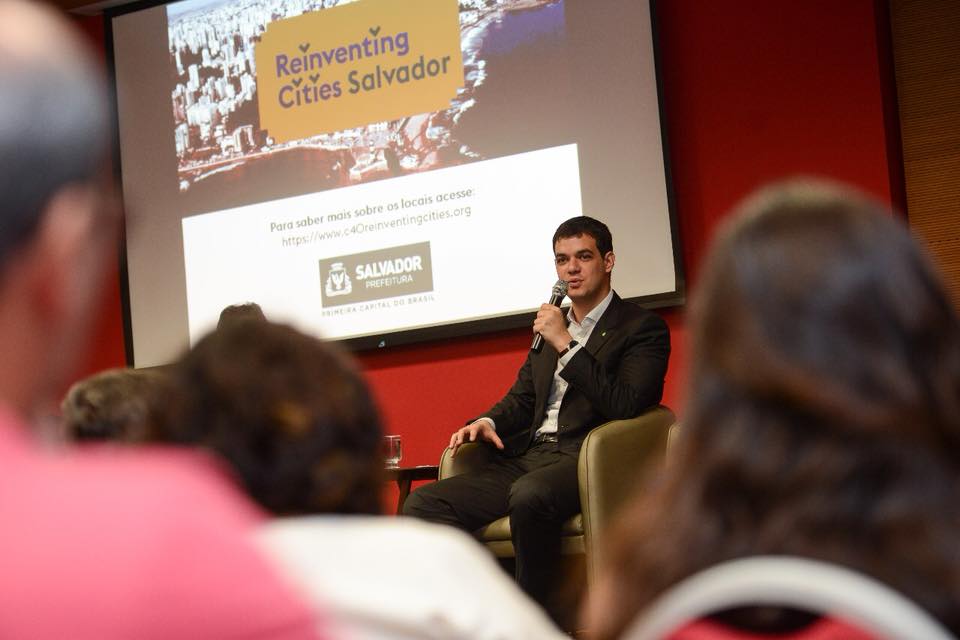
And in many ways Rio is a pioneer, launching the Hortas Cariocas or Urban Green Gardens initiative in 2006. The programme has set up 42 urban farms: 18 in municipal schools, and 24 in vulnerable communities. The project aims to develop organic agriculture while fostering environmental education, that feeds more than 20,000 residents. “You need to look at climate through an intersectional lens.” Cuperstein says. If you don’t, you could go to a favela and say, ‘Well, this is great.’ Their carbon footprint is minimal, it’s a dense environment, they don’t consume a lot of energy, or meat. But that’s perverse. Those areas are in dire need of investment to improve the urban quality. They want to be able to consume more and they should have better food. They need to have better housing. If you don’t look at these things intersectionally, climate becomes a very elitist issue.”
Cuperstein says that climate change is not a vote winner in Rio in the same way that it can be in European cities. Therefore, policies which support climate action are not framed that way. For example, the Hortas Cariocas are at once a scheme for climate, employment, and public health.
For Cuperstein, cities in the Global South should be looking to other cities in the Global South for instruction on sustainable development – a new form of South-South cooperation. He offers the example of the Bus Rapid Transit system. Conceptualised in Korea, but perfected in Bogotá the BRT looks to combine the capacity and speed of a metro with the flexibility lower cost and simplicity of a bus system. Often elongated buses will use dedicated lanes and priorities to replicate the speed of a dedicated metro system with the price tag and flexibility of a bus route. “This is a classic global South solution”, Cuperstein said. “On average, a metro costs 10 times more than a bus per kilometre. And they’re perfect for developing cities. The BRTs have been incredibly successful because they’re a solution crafted for cities with constraints on their budgets.” Rio has a goal of carbon neutrality by 2050, aligned with Brazil’s NDC target. And it’s the actors inside Rio’s City Hall who are working hard to ensure they get there.
It was disheartening to hear last week that of the $11.4 billion a year in climate finance promised by the Biden Administration, only $1 billion was approved by Congress. Rio’s city government alone have stated that they will need R$350 million per year, or around US $70 million for their sustainable development plan. Green urban development is cleaely possible, but it’s also imperative that developed countries stick to their side of the deal and come up with the climate finance which they continue to promise.
Lauren is an Assistant Editor at LCR. Her work has focused on geopolitics & climate policy, emissions solutions in the buildings sector, and reviews of new environment titles. Find her LinkedIn here, or email her at lauren@elc-insight.org
